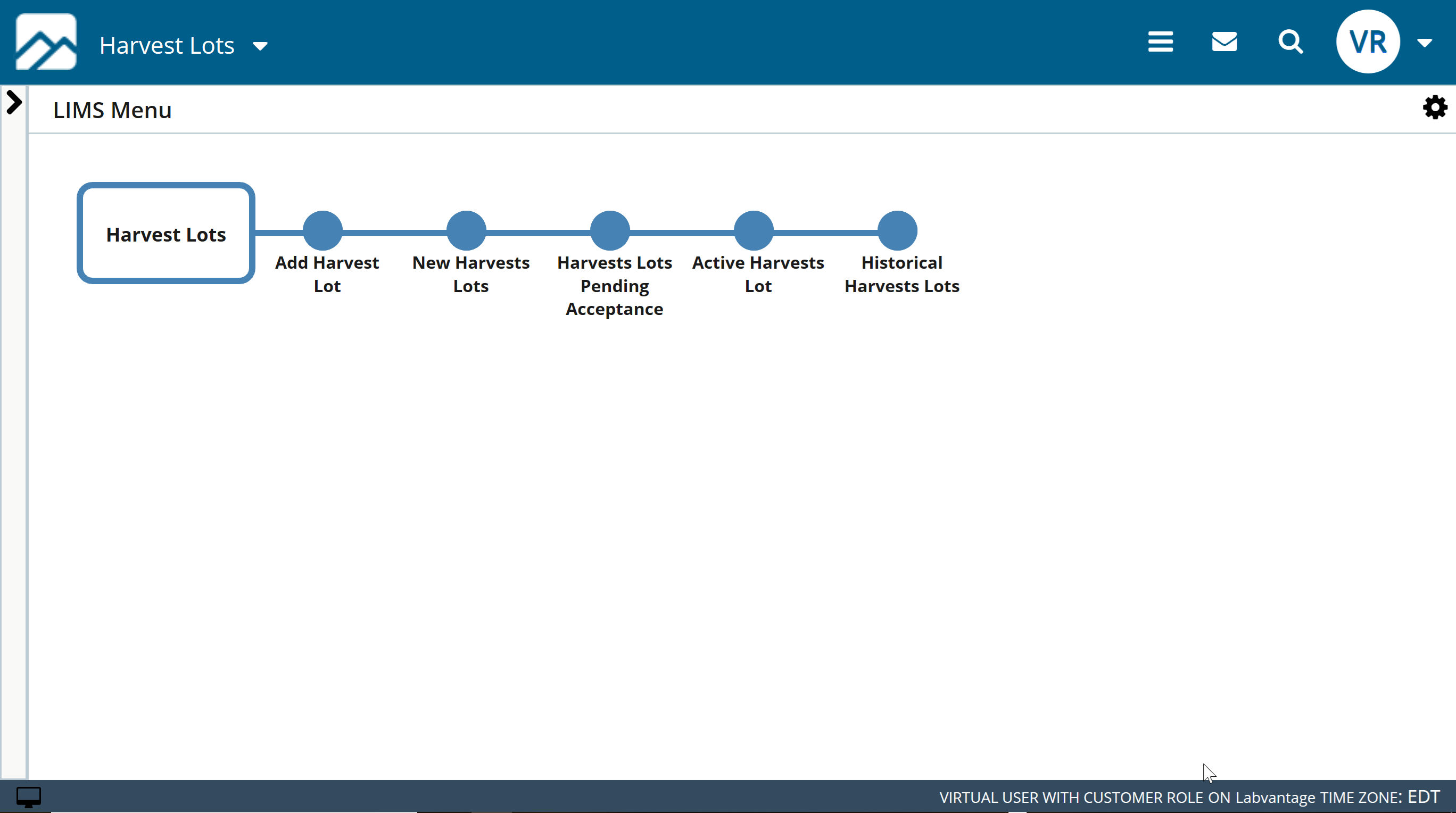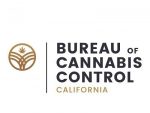The cannabis industry is evolving as more states begin to legalize; as the legalization of cannabis grows, the industry will need more well-informed dispensaries and dispensary employees.
Unfortunately, there are employees in dispensaries without proper training and some are put in positions to recommend specific strains to patients that may not be accurate. Getting proper training is important, no matter which cannabis job you want to pursue.
More Training Is Needed
Currently, there are no national standards for training dispensary employees, there is not even a licensing code. Therefore, it is important for owners to investigate state laws and understand legal minimums for worker education.
There are states, like Massachusetts, which requires a $500 fee for employee registration. There are other states that require cannabis employees receive a certain number of education hours on specific topics, like patient confidentiality.
Overall, more than fifty percent of cannabis dispensary staff has reported receiving some type of formal training and only twenty percent of staff members have received medical cannabis training.
Dispensary staff should receive training on how and when to make appropriate suggestions to patients. Any successful dispensary owner will acknowledge that employee education pays off in reduced loss, increased sales and avoided fines. There are more benefits to employee training than just these and there are steps owners can take to ensure they are getting the most out of their business and employees.
Setting up a System
When a dispensary has protocols in place that show how the business operates, the company will have consistency and organization. No matter the task, all team members must follow specific procedural protocols.
Mostly, mistakes are made when steps are missed or misunderstood by new employees, but with proper and thorough training, this can be avoided. Owners should be investing in a POS software system that is straightforward; this will reduce training time and make it easier for new staff to be familiar with the system.Having budtenders that can educate and connect with the customers on a personal level is invaluable
Teaching budtenders to adopt a soft sell technique will be the most effective when it comes to increasing sales. Many customers seeking relief using cannabis are not going to respond to a hard sell technique, as this comes off pushy or aggressive.
There are going to be customers who are unsure of what products they want; theses customers will need guidance, and training employees to make suggestions based on what the customer is looking for is the best sales practice.
Having budtenders that can educate and connect with the customers on a personal level is invaluable; dispensaries that do this will have repeat customers.
More States Legalizing, More Dispensaries and More Employees
As the United States heads towards cannabis legalization, slowly but surely, we need to be prepared to train workers. When you have a dispensary that you have already spent millions of dollars on the application process, you don’t have time to be messing around with employees that are not serious.
There are many different options anyone in the cannabis industry can seek out to educate themselves more in the business.Those distributing cannabis must take their duties as seriously as pharmaceutical technicians, because in a sense that is what they are doing. They are giving information on the prescription or drug to a customer that is using it for an intended a purpose.
Cannabis users come in many different ages and aliments. It is important for budtenders and dispensary owners to understand the backgrounds of each customer to increase their up-sale potential.
While compassion isn’t something you can learn online or in a classroom, it is always a good idea to remind others to be compassionate. The budtender that asks the right questions, takes time with each patient to care for them and goes over practical products for the client will be the budtender with the most sales revenue.
Higher Learning
There are many different options anyone in the cannabis industry can seek out to educate themselves more in the business.
Some platforms are available online and are filled with important content that can teach you about different aspects of the cannabis plant and industry. These classes can prepare employees or owners for success.The most important training will be the training of patients
There are courses that can educate you in how to cook and healing with cannabis. You can also learn about laws on a state-by-state basis when you are enrolled in a cannabis-training program. The cannabis industry is large and growing; entrepreneurs, lawyers and caregivers can learn about the growing movement and expand their knowledge on this topic.
Patient Training
The most important training will be the training of patients, who will be navigating between the world of western medication and the new option of medicinal cannabis.
There are obviously many positive things that will come from the legalization of cannabis, one of the biggest being more options for pain management patients. There is a misconception that people are using medicinal cannabis as an excuse to get high; however, many patients in most states are over the age of 50.
In 2016, it was estimated that 650,000 Americans were using cannabis in compliance with the laws of their state. As legalization grows to a national level, we are going to need to be educating patients.
It is important for citizens to talk to their doctors about methods they believe will work best for them. It is necessary to communicate strains that are ineffective or unsatisfying. Keeping a cannabis journal is a good way to know what dose and strain you benefit from the most.
There are many ways patients can be educated in the cannabis industry, and dispensaries that encourage patient education will grow customer loyalty. The person who knows the facts and is confident in their information will be more successful than the person who guesses.
Be sure you, your staff and your customers know the laws, strains and can accurately answer questions about cannabis.
![]()



























